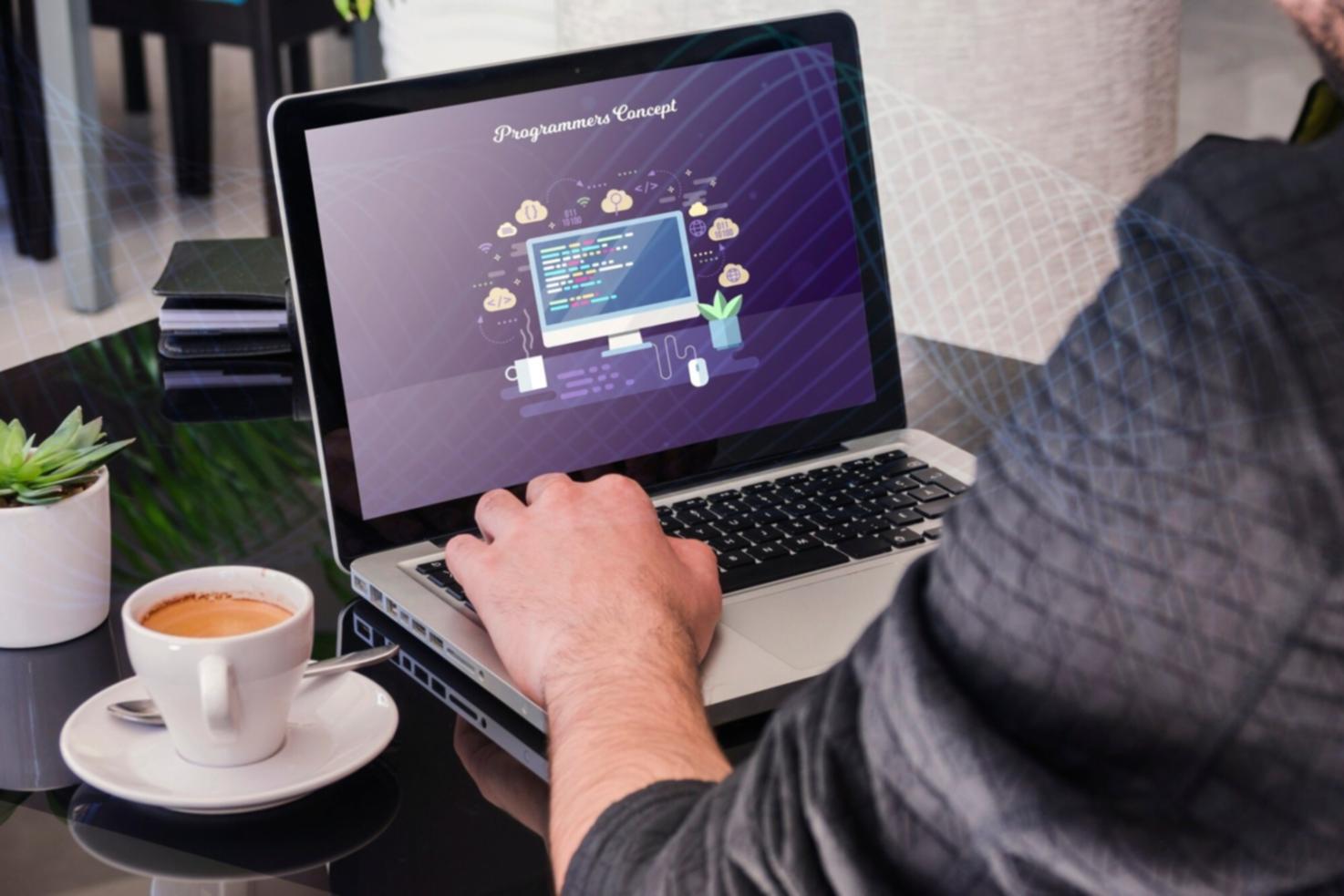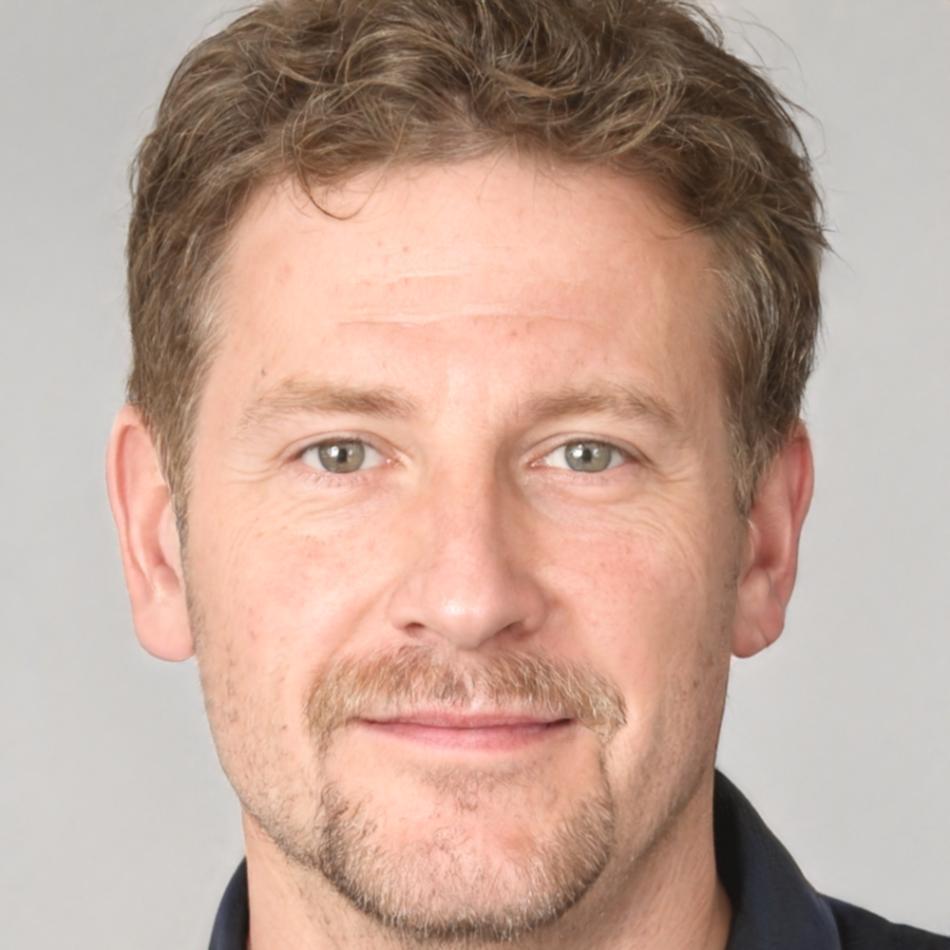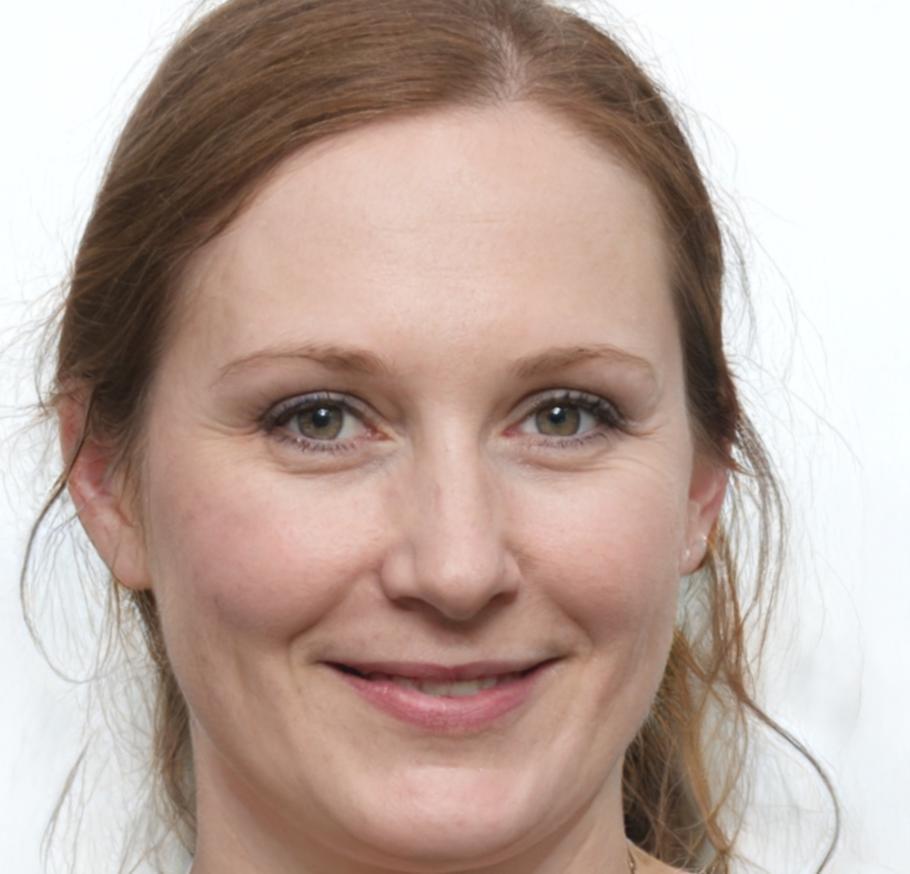How We Got Here
Back in 2018, I was working QA for a mobile studio when VR projects started coming through. The testing protocols we had? They didn't work. Motion sickness went unreported until launch. Frame drops in specific headsets weren't caught. User comfort was an afterthought.
So we built something different. Started with three people testing VR experiences in a converted office space in Bratislava. We documented everything – which movements caused nausea, where performance dropped, how long people could actually play before needing a break.
By 2020, we'd worked with twelve studios across Central Europe. Now we're handling projects from studios worldwide, but the approach hasn't changed much. We test like actual humans will play, in conditions that match real usage.
Our methods aren't revolutionary. We just pay attention to details that matter when someone puts on a headset or points their phone at the world around them.





